The U. S. Securities and Exchange Commission’s (SEC) rare “no-action” letter for DoubleZero’s 2Z token has sent ripples through the crypto markets, especially in the high-velocity Solana ecosystem. On September 29,2025, the SEC declared it would not recommend enforcement action against DoubleZero for distributing its DePIN-based 2Z token, a watershed moment that could redefine regulatory expectations for Solana projects and crypto infrastructure tokens across the board. This move is more than regulatory leniency – it signals a nuanced shift toward clarity and cooperation between U. S. regulators and blockchain innovators.
SEC No-Action Letter for 2Z: Decoding the Precedent
Historically, the SEC’s stance on crypto has been adversarial, with broad definitions of what constitutes a security casting a shadow over token launches. DoubleZero’s 2Z token, built around decentralized physical infrastructure networks (DePIN), challenged this paradigm. The SEC’s no-action letter explicitly states that as long as 2Z tokens are distributed within strict parameters – such as programmatic issuance to network participants rather than speculative investors – they will not be treated as securities. This distinction is critical for developers and investors alike.
Commissioner Hester Peirce emphasized that tokens tied to real-world infrastructure can operate outside existing securities laws if their design aligns with decentralized utility rather than financial speculation (source). For Solana developers eyeing DePIN or similar models, this precedent offers a template for compliant tokenomics and distribution strategies.
Immediate Impact on the Solana Ecosystem
Solana (SOL) is trading at $205.83, reflecting cautious optimism in the wake of regulatory news. The SEC’s evolving approach comes after years of uncertainty, during which Solana itself was entangled in enforcement actions regarding whether SOL is a security (details here). Now, with the 2Z ruling as a bellwether, there’s renewed hope that Solana-based projects – including memecoins, DePIN protocols, and GameFi ventures – can pursue innovation without immediate fear of enforcement.
This regulatory clarity is already influencing project launches on Solana. Teams are re-evaluating their tokenomics to ensure compliance with “programmatic transfer” models favored by the SEC in its DoubleZero decision. The result? A surge in developer activity focused on utility-driven tokens rather than pure speculation.
Crypto Regulation in 2025: A Turning Point?
The timing of this no-action letter is strategic: SEC enforcement actions against crypto companies are at their lowest since 2017, according to recent data (source). But don’t mistake caution for complacency; while innovation gets breathing room, oversight remains robust in other areas. Notably, decisions on multiple crypto ETF applications – including those tied to Solana – have been postponed until October 16,2025 (see details). The market is watching closely to see if ETF approvals will further legitimize SOL and related assets.
Solana (SOL) Price Prediction 2026-2031 Post-SEC No-Action Letter
Professional price projections for SOL accounting for evolving U.S. regulatory stance, technological progress, and market adoption.
| Year | Minimum Price | Average Price | Maximum Price | % Change (Avg YoY) | Market Scenario Insights |
|---|---|---|---|---|---|
| 2026 | $170.00 | $240.00 | $310.00 | +17% | Regulatory clarity boosts sentiment; ETF approval uncertainty tempers upside |
| 2027 | $185.00 | $275.00 | $375.00 | +15% | Growing institutional adoption; improved scalability and DePIN ecosystem expansion |
| 2028 | $210.00 | $320.00 | $440.00 | +16% | Bullish phase in broader crypto cycle; increased DeFi and RWAs on Solana |
| 2029 | $245.00 | $370.00 | $520.00 | +16% | Global regulatory harmonization; possible Solana ETF launch or major DePIN partnerships |
| 2030 | $280.00 | $430.00 | $600.00 | +16% | Mainstream adoption, enterprise use cases, and robust DePIN infrastructure |
| 2031 | $320.00 | $500.00 | $695.00 | +16% | Mature market cycle; Solana entrenched in multi-chain economy, strong competition from new L1s |
Price Prediction Summary
Solana (SOL) is projected to experience steady growth from 2026 to 2031, with average prices rising from $240 in 2026 to $500 by 2031. The SEC’s recent no-action letter signals a friendlier U.S. regulatory environment, reducing legal uncertainty and unlocking new market opportunities, particularly in DePIN and infrastructure sectors. While bullish scenarios see SOL testing new all-time highs, caution remains due to potential delays in ETF approvals and evolving global competition. The minimum price projections reflect ongoing market volatility and the risk of regulatory reversals, while maximum forecasts account for successful mass adoption and positive regulatory breakthroughs.
Key Factors Affecting Solana Price
- SEC’s shift to a more collaborative regulatory approach, reducing legal risk for Solana and similar platforms
- Potential approval of Solana ETFs, opening the door to institutional investment
- Expansion of DePIN (Decentralized Physical Infrastructure Networks) and real-world asset tokenization on Solana
- Continued improvements in Solana’s scalability, security, and developer ecosystem
- Broader market cycles, including Bitcoin halvings and macroeconomic trends
- Global regulatory harmonization and potential for new entrants in Layer-1 competition
- Adoption of Solana in enterprise and mainstream applications, including DeFi, NFTs, and tokenized assets
Disclaimer: Cryptocurrency price predictions are speculative and based on current market analysis.
Actual prices may vary significantly due to market volatility, regulatory changes, and other factors.
Always do your own research before making investment decisions.
The broader implication is clear: U. S. -based crypto startups now have an actionable roadmap for launching tokens without triggering securities regulation – provided they follow strict guidelines around utility and distribution mechanics.
For the Solana ecosystem, this means a tactical shift in how new projects are structured. Developers are rapidly adopting compliance-first frameworks, with legal teams consulting the DoubleZero precedent to future-proof their token launches. The days of “move fast and break things” are giving way to a more sophisticated era where regulatory navigation is as important as technical innovation.

What does this mean for Solana memecoins and GameFi? The answer is nuanced. Memecoins will need to demonstrate some form of network utility or community-driven incentive structure if they want to avoid regulatory scrutiny. GameFi tokens, especially those integrating DePIN elements (think in-game assets tied to real-world infrastructure), now have a clearer path forward, so long as their distribution remains programmatic and not primarily targeted at speculative investors.
Key Compliance Strategies for Solana Token Launches Post-2Z
-

Leverage SEC No-Action Precedents for DePIN Tokens: The SEC’s rare no-action letter for DoubleZero’s 2Z token signals that certain DePIN (Decentralized Physical Infrastructure Network) tokens may fall outside U.S. securities laws. Solana projects should closely analyze the 2Z no-action letter and structure tokenomics to align with its parameters.
-
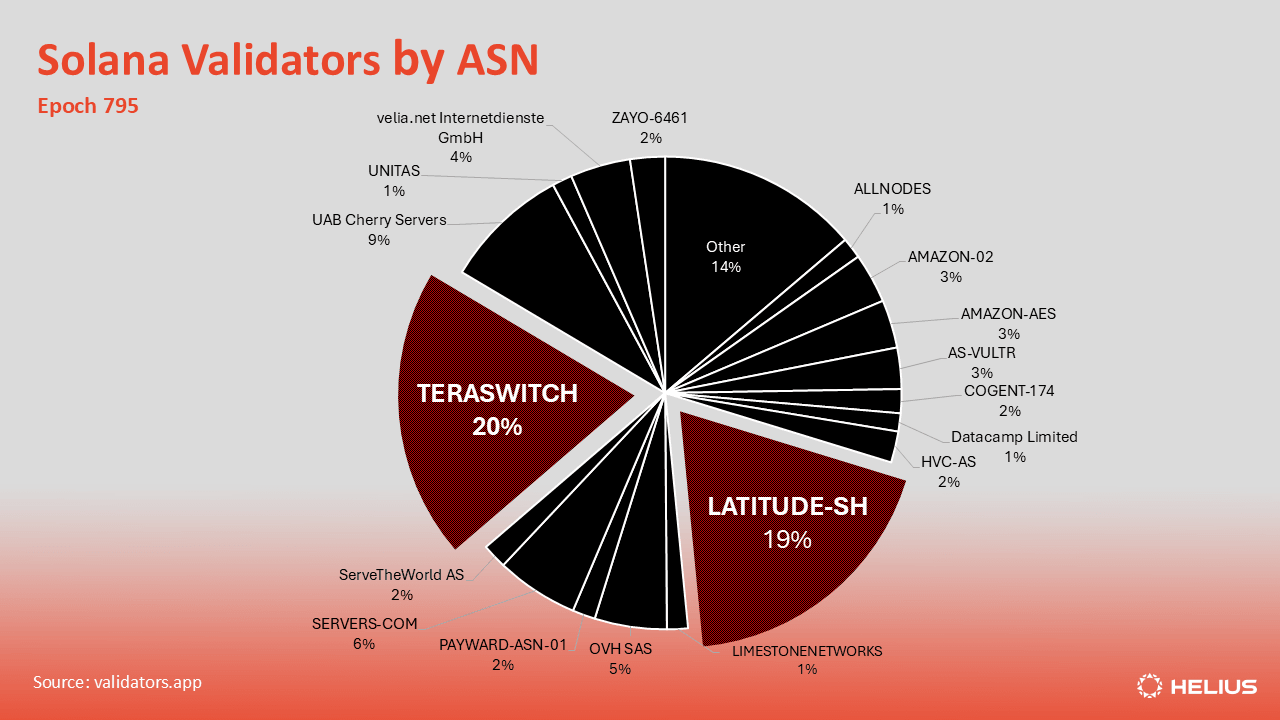
Implement Programmatic Token Distribution: The 2Z decision emphasized programmatic, rules-based token flows. Solana-based launches should automate distributions via smart contracts and avoid discretionary allocations, reducing the risk of being classified as securities.
-
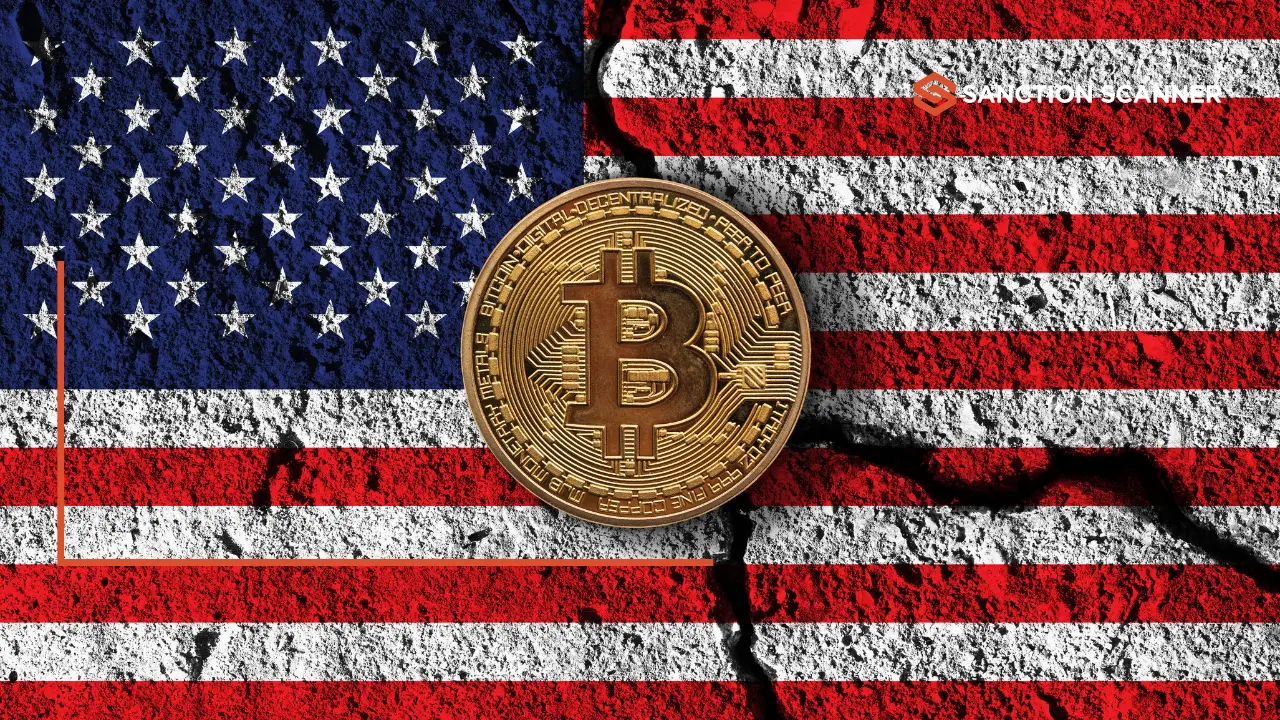
Utilize Registration Exemptions When Necessary: Any token sales outside the approved framework must comply with established registration exemptions, such as Regulation D or Regulation S. Legal counsel with crypto expertise is essential to navigate these exemptions for Solana projects.
-
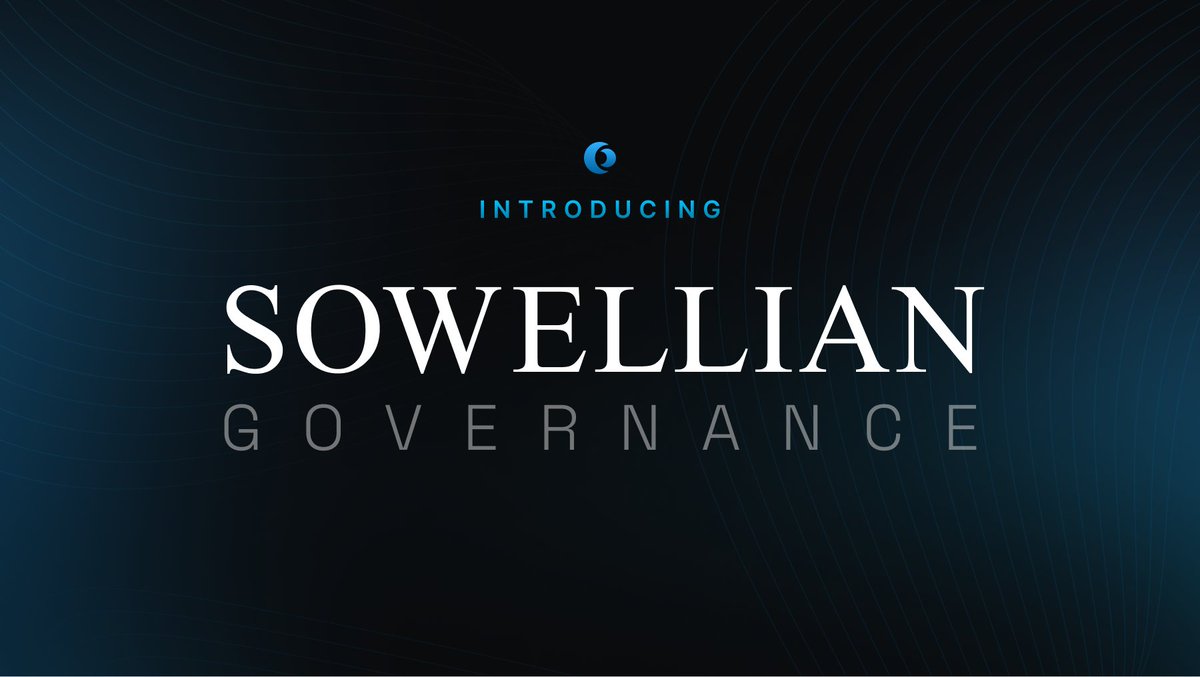
Maintain Transparent On-Chain Governance: Projects should adopt transparent, on-chain governance models—such as those enabled by Realms—to demonstrate decentralization and minimize regulatory risk.
-
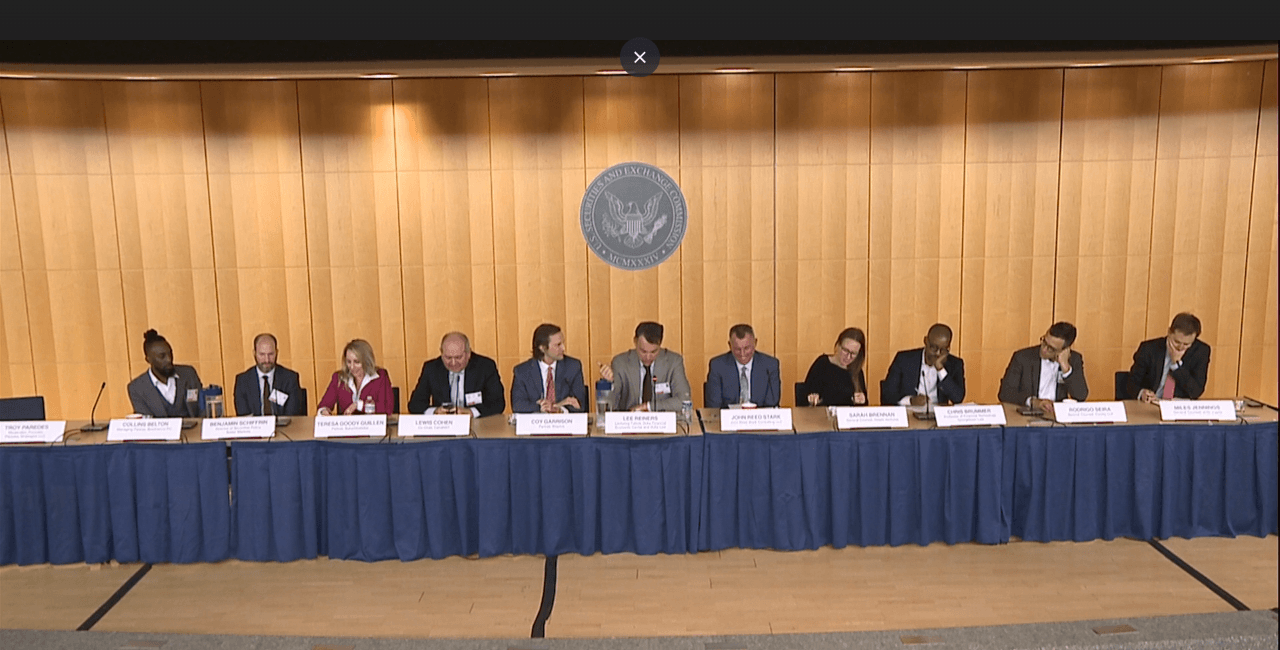
Monitor SEC and CFTC Regulatory Updates: The evolving U.S. regulatory landscape, including ongoing SEC and CFTC roundtables, directly impacts token compliance. Solana projects must stay updated on new guidance and adapt strategies accordingly.
-
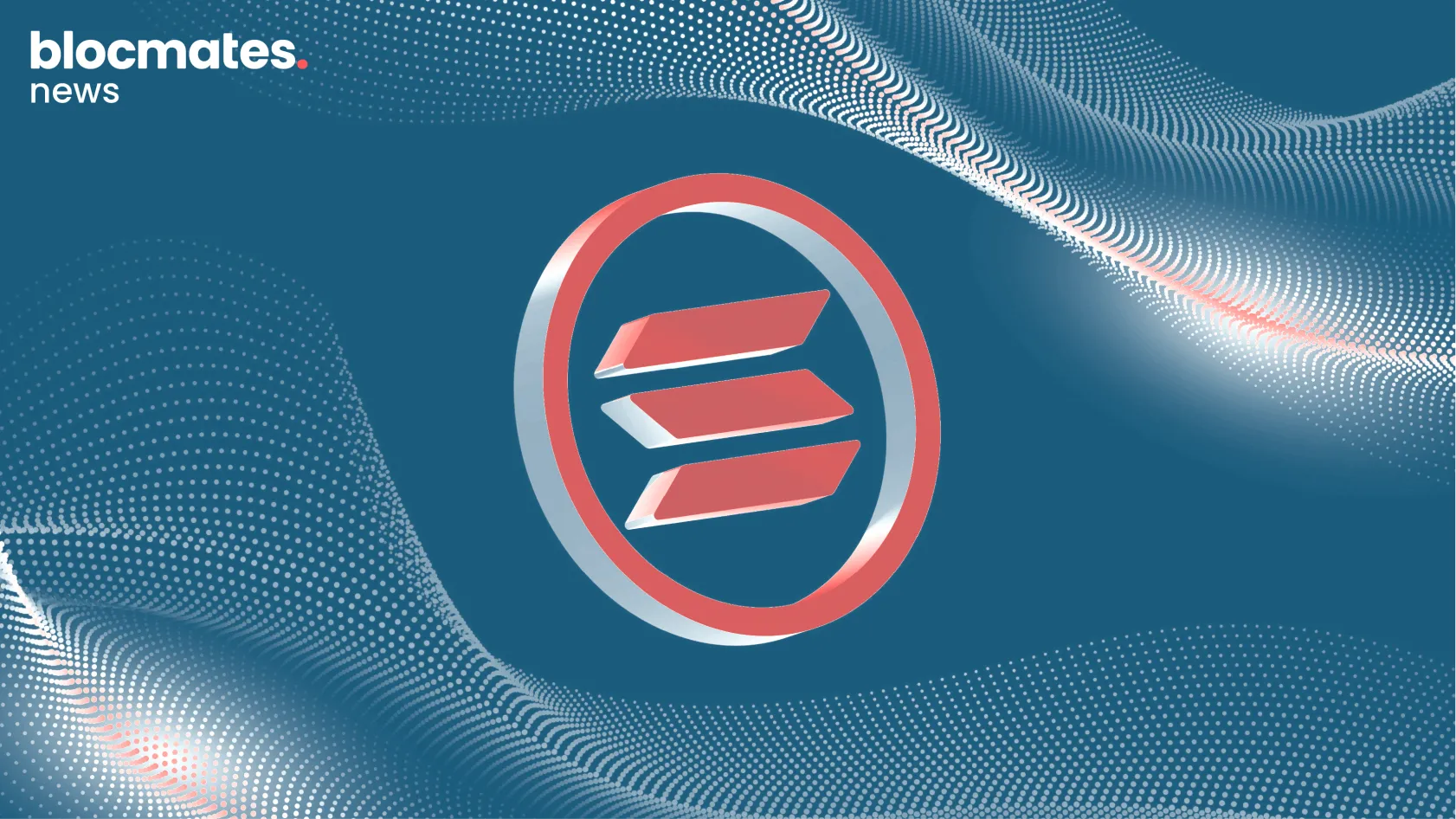
Document and Disclose Token Utility Clearly: Clearly articulate the functional utility of tokens in whitepapers and public disclosures. Emphasize use cases—such as network access or rewards—rather than profit expectations, as highlighted in the 2Z case.
-

Engage with Reputable Compliance Platforms: Use established compliance solutions like Chainalysis or TRM Labs for ongoing monitoring and reporting to demonstrate proactive risk management.
Risk Factors and Remaining Hurdles
Despite the optimism, there are still hurdles. The SEC’s no-action letter applies narrowly, any deviation from prescribed parameters could still trigger enforcement. As Derek O. Colla noted (SEC.gov), “Any sale of 2Z from the Token Treasury outside of these parameters will be structured to comply with registration exemptions under the Securities Act. ” This means that ongoing legal diligence is non-negotiable for every project treasurer and DAO operator on Solana.
Meanwhile, ETF deliberations loom large. With the SEC having withdrawn delay notices for multiple crypto ETFs, including those for Solana, the next few weeks could set new benchmarks for institutional adoption and price action (more here). If an ETF tied to SOL gets green-lit, expect liquidity inflows and heightened volatility around the current $205.83 price point.
Future Outlook: What Comes Next?
The regulatory landscape is evolving toward a model where innovation and compliance can co-exist, but only for those who adapt quickly. For Solana’s developer community, this means doubling down on transparency, real-world utility, and robust documentation, key factors that influenced the SEC’s favorable view of DoubleZero’s 2Z token.
Tactically speaking:
- Pursue programmatic issuance: Design tokenomics that reward actual network participation instead of mere speculation.
- Document everything: Clear records of distribution mechanics and utility use-cases will be crucial in any future regulatory review.
- Engage early with legal counsel: Don’t wait for an enforcement letter, proactively seek guidance based on evolving precedents like DoubleZero’s 2Z case.
The SEC’s willingness to carve out space for DePIN tokens doesn’t guarantee blanket immunity, it signals an opening for compliant builders willing to play by new rules.
Should more Solana projects adopt DoubleZero-style compliance models after the SEC’s no-action letter?
The SEC’s recent no-action letter for the 2Z token signals a more open regulatory approach, potentially easing pressure on Solana-based projects. With Binance-Peg SOL currently at $205.83, do you think adopting DoubleZero’s compliance model is the right move for the Solana ecosystem?
The 2Z decision is more than just a win for one startup; it’s a tactical blueprint for every ambitious project on Solana aiming to scale without fear of sudden regulatory headwinds. As we approach key ETF deadlines and further SEC clarifications, expect the most agile teams, those who blend technical prowess with regulatory intelligence, to define the next chapter in crypto infrastructure growth.

